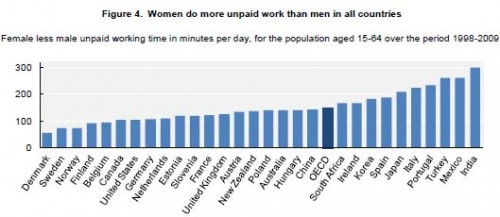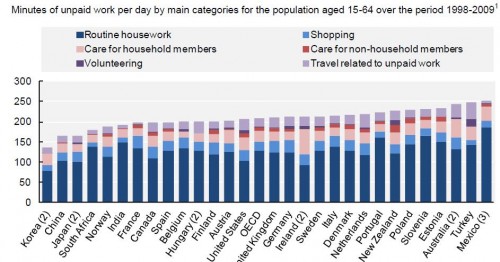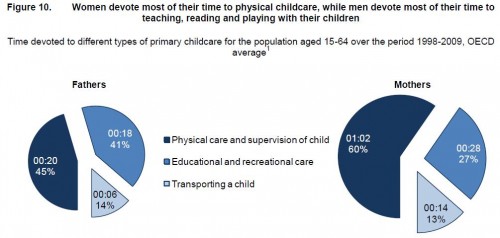Katrin and Danny sent in a heart-breaking video that highlights the damage that has sometimes been inflicted on children, with the guidance of researchers, because of adult concerns about behavior that deviates from socially-accepted gender norms. In this segment with Anderson Cooper, two siblings and their mother discuss the treatment their brother suffered, with the approval and encouragement of UCLA researchers, as a form of “anti-sissy” therapy:
It would be nice to be able to write this off as completely debunked practices of an earlier time, based on premises that would never recur today. But as the video makes clear, the publications that resulted from this study continued to be cited by those who argue that through therapy, gays and lesbians can be “cured.”
Here’s the second part of the story:
There will be a third installment tonight; I’ll update the post once the final segment is available online.
UPDATE: Here’s the third segment, about a boy who underwent anti-gay therapy in the ’90s:
UPDATE 2: Also, Danny was wonderful enough to type up transcripts of the first two videos! They’re after the jump.











